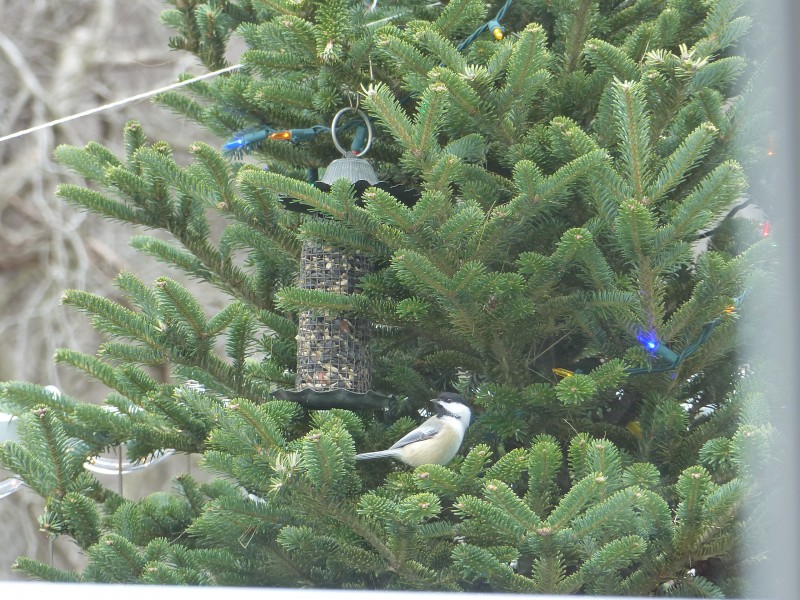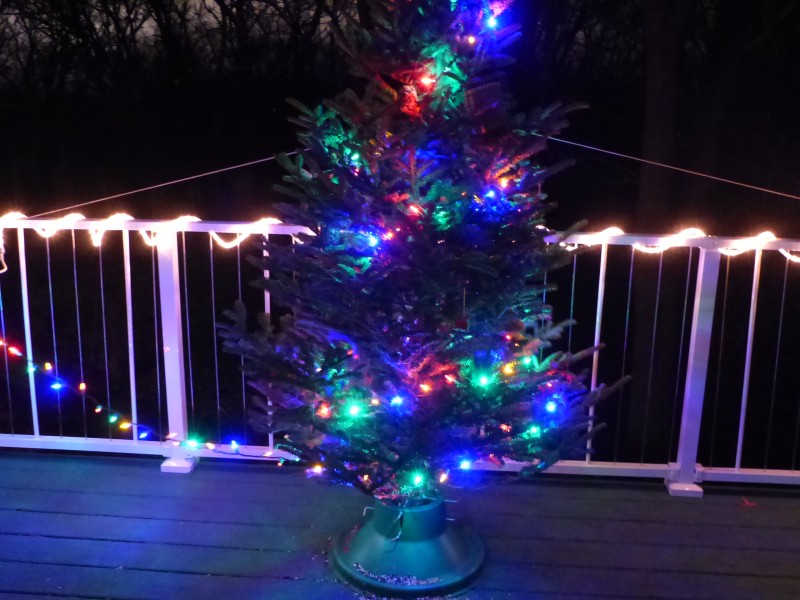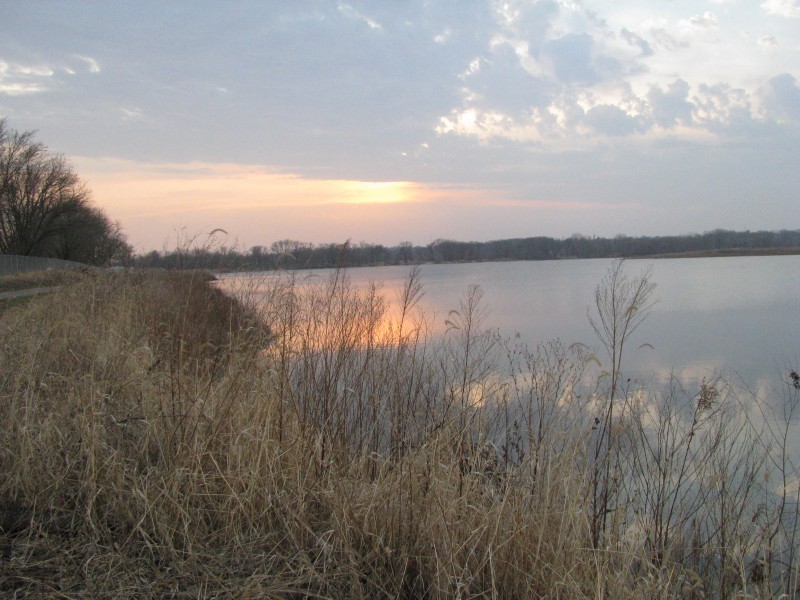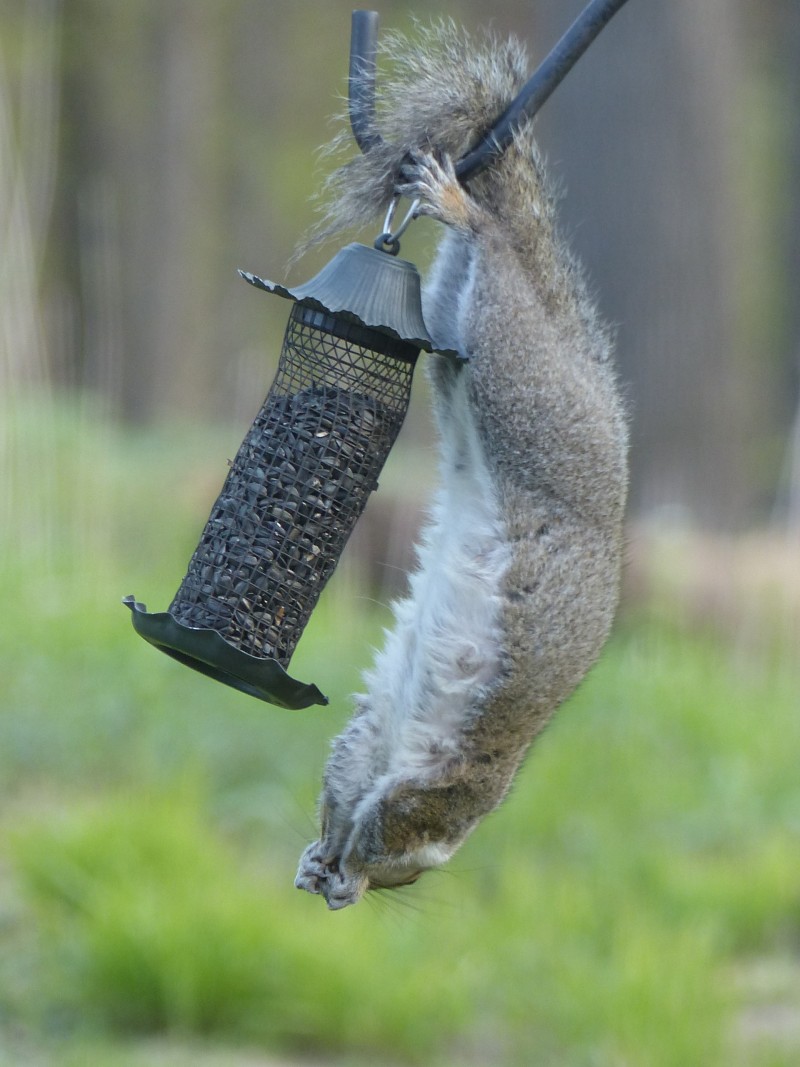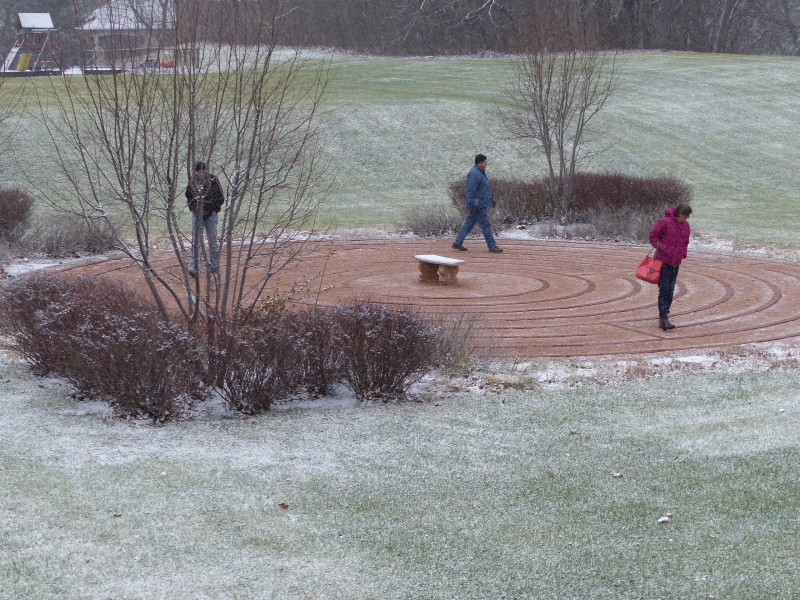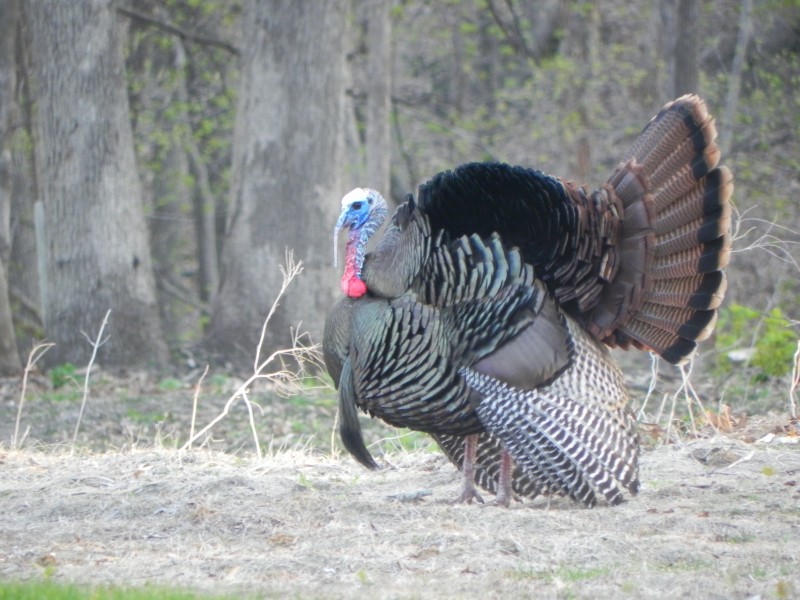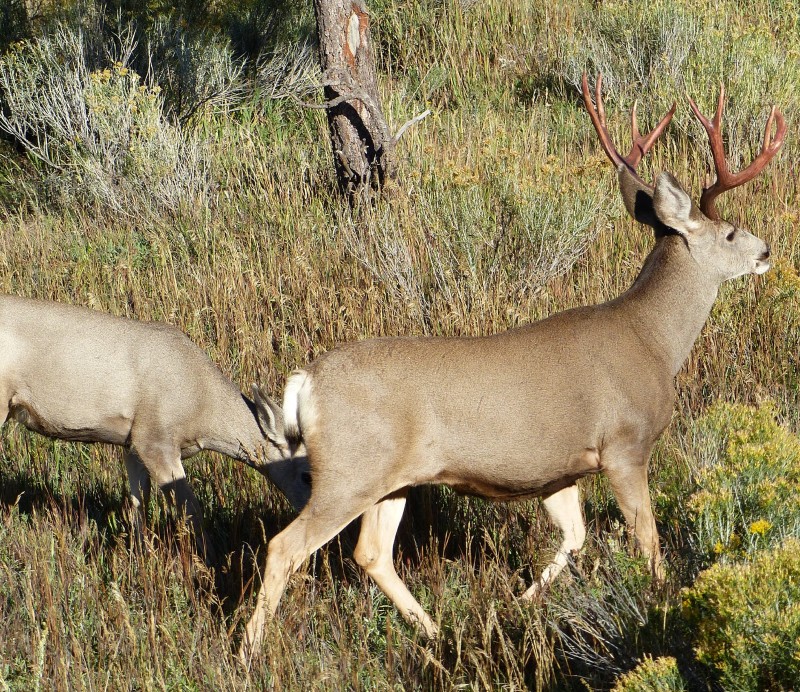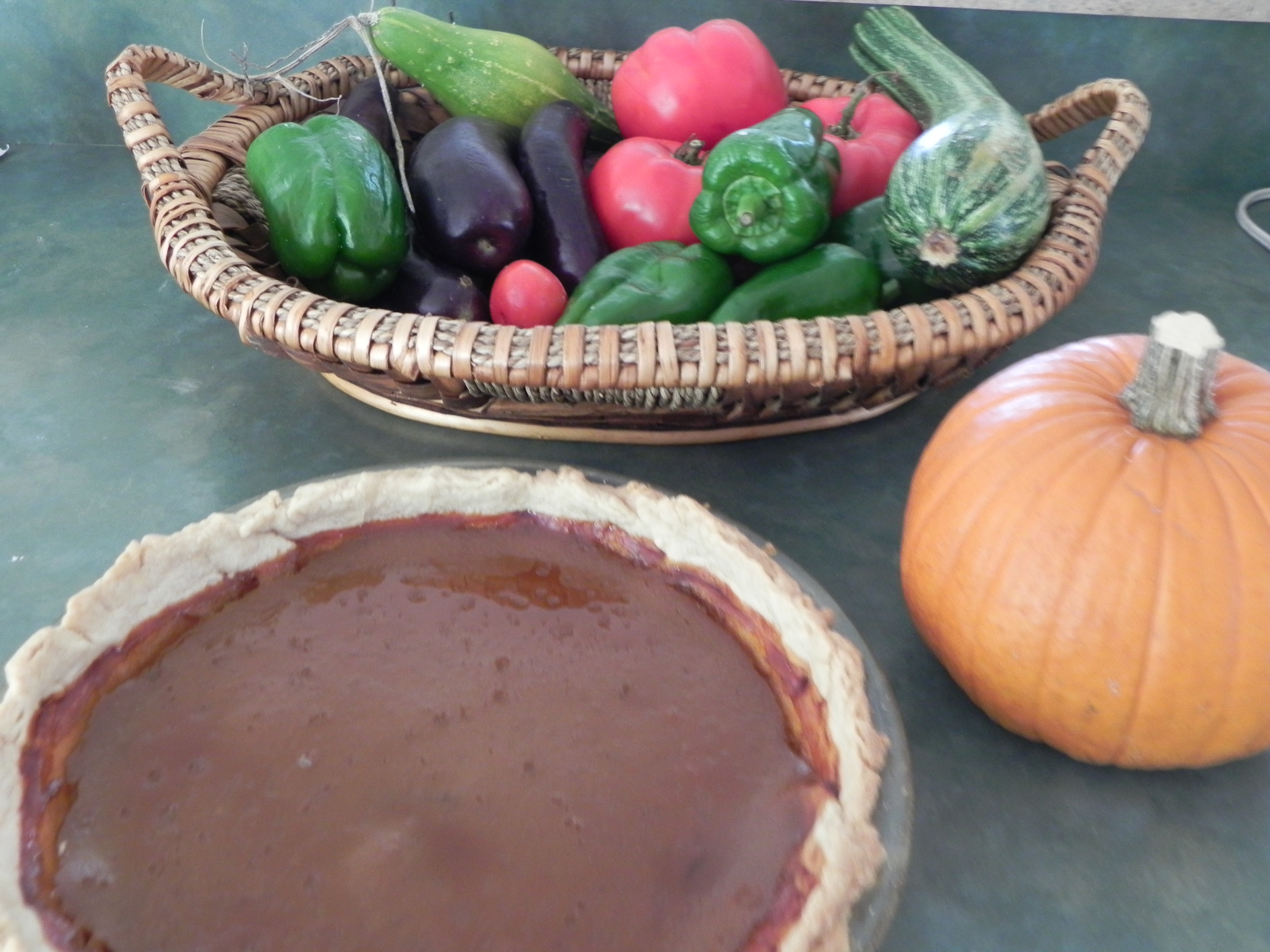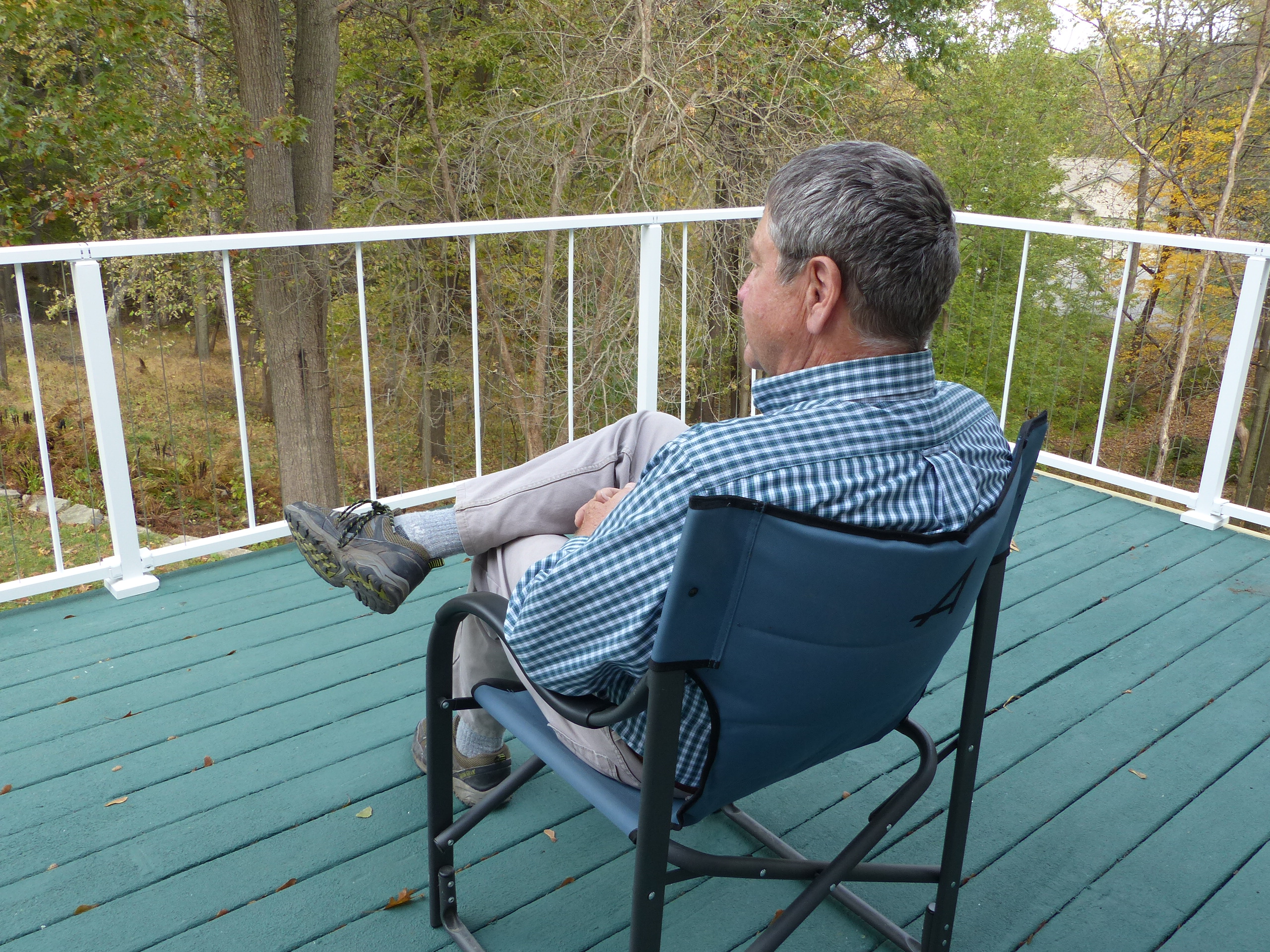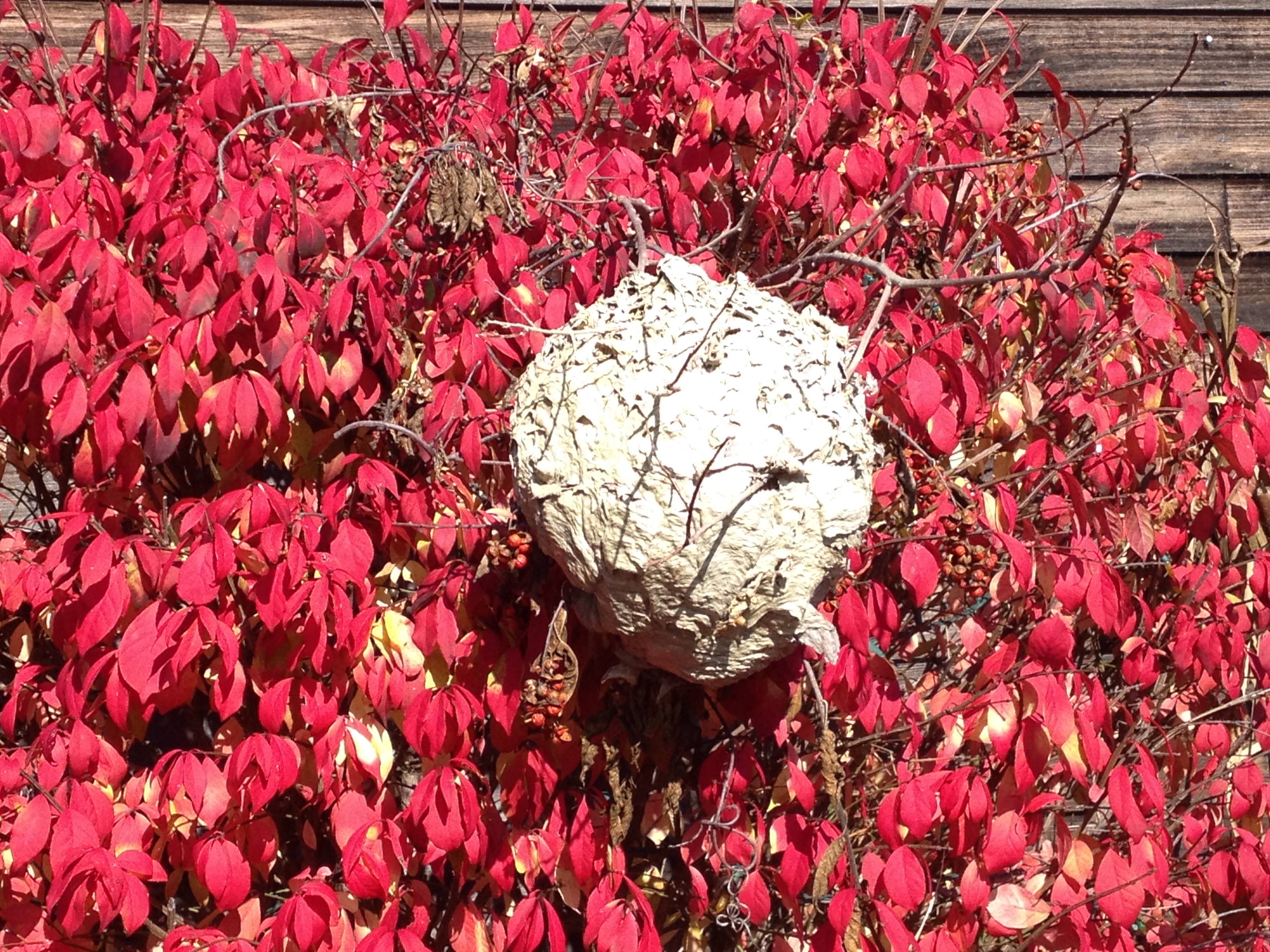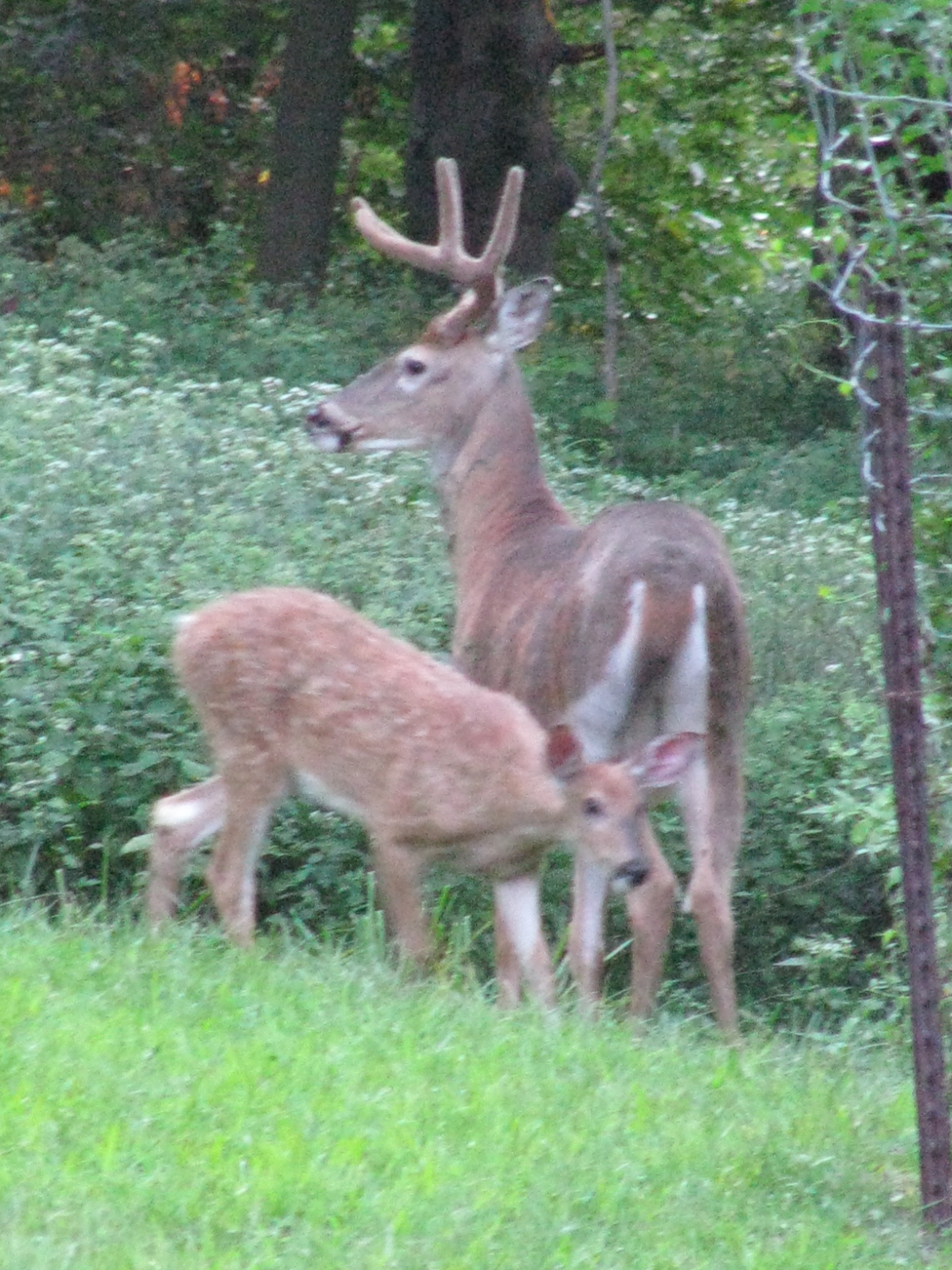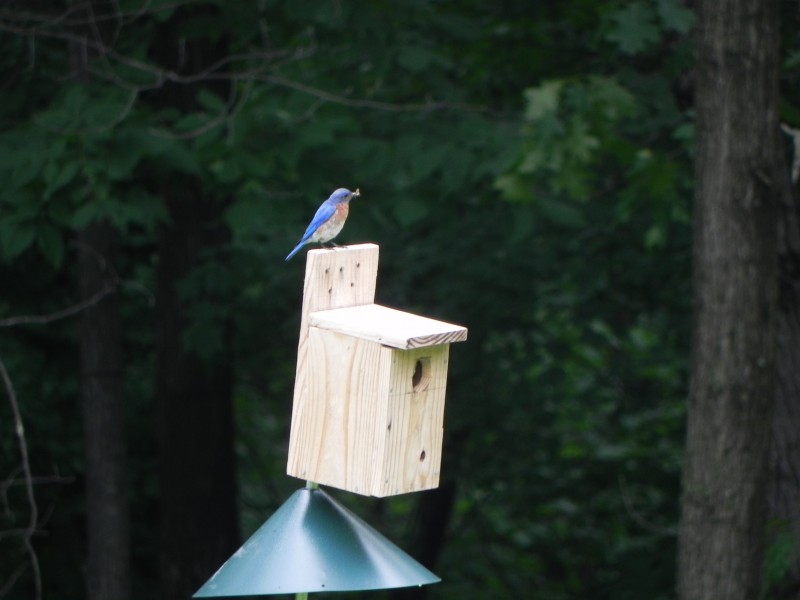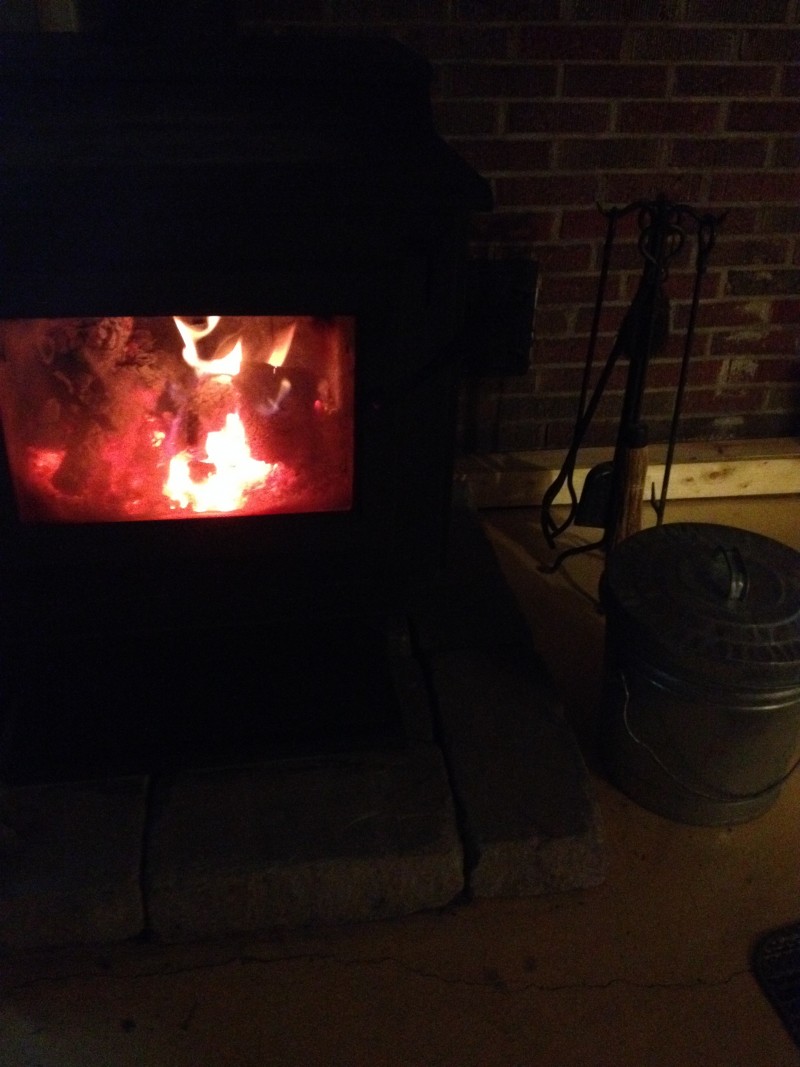Welcome to Winding Pathways
Winding Pathways encourages you to create a wonderous yard, whether that yard is an expansive acreage, a suburban lot or a condominium balcony. Go outside and play!
Join our email list
Sign up for FREE Winding Pathways emails (approximately weekly).
Christmas Bird Tree!
After the holiday cheer fades and ornaments are stored away the Christmas tree can enjoy a second life alive with birds.
Christmas For the Birds
Christmas trees bring Holiday spirit to a home but come at a cost. We love balsam firs for their beauty and wonderful fragrance, but we don’t fancy sweeping up needles as the drying tree sheds.
Wondrous Trail Encounter
On Sunday, December 13, 2015 a near magical encounter occurred. Heavy rain was predicted for the afternoon so I planned my walk for late morning. Light drizzle was falling as I approached a parking lot surprisingly full on such a gloomy day. A woman was putting snacks and beverages on a picnic table. When I asked her if she was planning a winter picnic she replied, “Nope, you’ll see a bunch of runners on the trail. We’re raising money for a friend who has leukemia. He has limited health insurance and is having trouble paying medical bills. He’s not able to work and has two young children.”
Foiling Squirrels – Sort Of
We love watching frolicking squirrels in our yard and every year we buy bags of corn for them to snack on. We draw the line when they climb up to feeders and gobble expensive seeds meant for chickadees, nuthatches, and woodpeckers.
North Country Sojourn
What fortune to have contacted Lisa Gidlow Moriarty who was constructing a labyirnth at Healing Waters Health Center in Hudson, WI. Rich and I joined the crew…. And we enjoyed a leisurely drive along the Mississippi River spotting Tundra Swans and taking in a great pizza at “The Creamery”.
Turkeys: Gift To the World
Our Thanksgiving dinner consists of turkey, potatoes, and winter squash, all Native American foods. Sometimes we add acorn muffins and capstone the meal with a long time family recipe for pumpkin pie, made from a plant that also originated here.
HAPPY NEWS FROM THE BIG APPLE!
In the midst of rush hour on November 10, on my way back to Iowa after a difficult visit, I, (Rich) took a bus from New Jersey to New York’s Port Authority. When the driver opened the door bus occupants flowed into a river of humanity snaking its way through the monstrous terminal-along corridors, down escalators and through more corridors, until finally we were outside by the New York Times Building.
Christmas Time Chicks!
There is no better time than The Holiday Season to start thinking about your springtime chicken flock! Yes, now! Make part of your stocking stuffer plans to be a gift certificate for chicks. And, tuck a good chicken book under the tree for winter reading.
Chickens have been part of our lives for over five decades. A daily joy at Winding Pathways is discovering newly laid eggs in out chicken coop. They are as beautiful as jewels and delicious to eat. Our hens recycle kitchen food scraps and garden weeds, snack on insects in their outdoor run, and entertain us with their amazing intelligence, curious antics and colorful feathers. We wouldn’t live without them.
November Deer Rut
Across most of North America early November is the most likely time for a car to collide with a deer. Too often it happens even in suburban neighborhoods and a collision usually does extensive damage to a car, injures or kills the deer, and sometimes even people are killed or hurt.
For the Love of Pumpkins
Pumpkins are amazing plants. Intriguing and delicious, they are one of America’s gifts to world food and are fun to grow and eat. Pumpkins were domesticated and cultivated by Native Americans long before Columbus. They valued them as a nutritious food that would keep well into the winter. Not only is the meat nutritious but also the seeds are packed with important vitamins and minerals
New Porch Railings Solve Home Dilemma
Early this spring we sat on our front porch staring at needed work and a home dilemma. Our front porch and back deck were enclosed in traditional wood railings and balusters. About every other year the paint peeled. Scraping and repainting were tedious and time consuming chores that we didn’t want to do repeatedly. Also, each side of our home offers gorgeous views of oaks, maples, and a prairie plus the wildlife that visits our feeders and yard. From indoors, seeing through the heavy wood balusters and rails was hard.
Baldfaced Hornets
As leaves tumble off our trees each fall we usually spot one or two round or football shaped gray wads of paper clinging to branches. They’ve been there all summer but hidden by leaves.
Antler Rubbing Time!
One year at Winding Pathways we planted a few trees and tended them all summer. They were doing great until one September night. A buck deer decided that our new trees were perfect for rubbing off the velvet that covered his newly formed antlers. Just a few minutes of determined rubbing killed our precious trees!
WE HAVE BLUEBIRDS
An old legend has it that seeing a bluebird guarantees a day of good luck. At Winding Pathways we’re enjoying daily good fortune because a pair of these delightful birds is raising youngsters in our yard.
In the days of diverse farms with hedgerows separating fields, closely cropped pastures, and wooden fence posts that often had nesting cavities, bluebirds were abundant.
The switch to metal fence posts didn’t help them, and then farms grew larger, hedgerows and posts were ripped out, and pastures and hay fields became oceans of corn and soybeans. None of the changes helped bluebirds just as pesticides eliminated their insect meals.
Garter Snakes
Many Iowans, even those living in urban areas, may be startled to see a fast moving snake in their yard. No worries. Most likely it is a garter snake. While startling to see, they are a desirable predator in yards and natural places.
Chimney Check
Nothing is as cozy as basking in wood stove’s warmth on blustery January nights, but planning efficient and safe stove operation is a year round activity. Well before the first frost we have our chimney cleaned and check the stove for safe operation.
August’s humid heat is a great time to anticipate plunging fall temperatures. Cool air is only a month away to be followed by frigid winter blasts. Now is the time to check the wood stove and clean the chimney. When few other people are thinking about winter.
Chimney fires are one of the great dangers of burning wood. These happen when creosote builds up on the inside of the chimney walls. This crusty stuff is flammable and can be ignited from a hot burning stove. Flames roaring up the chimney are terrifying and often set the house on fire.
At Winding Pathways we do these things to reduce the odds that our chimney will catch fire:



